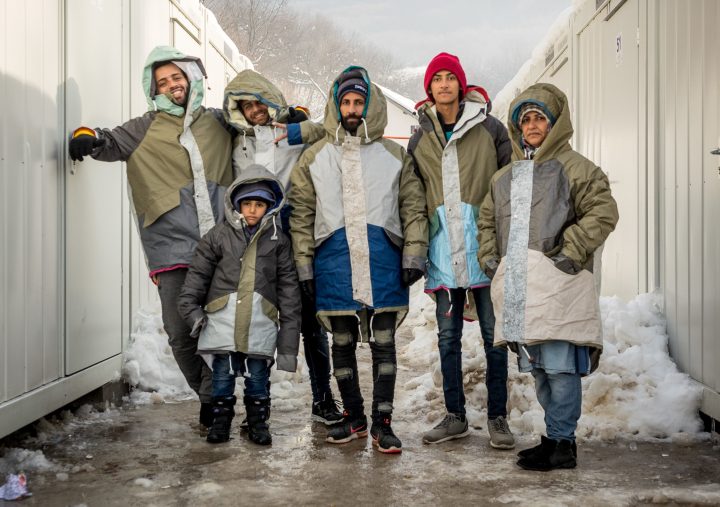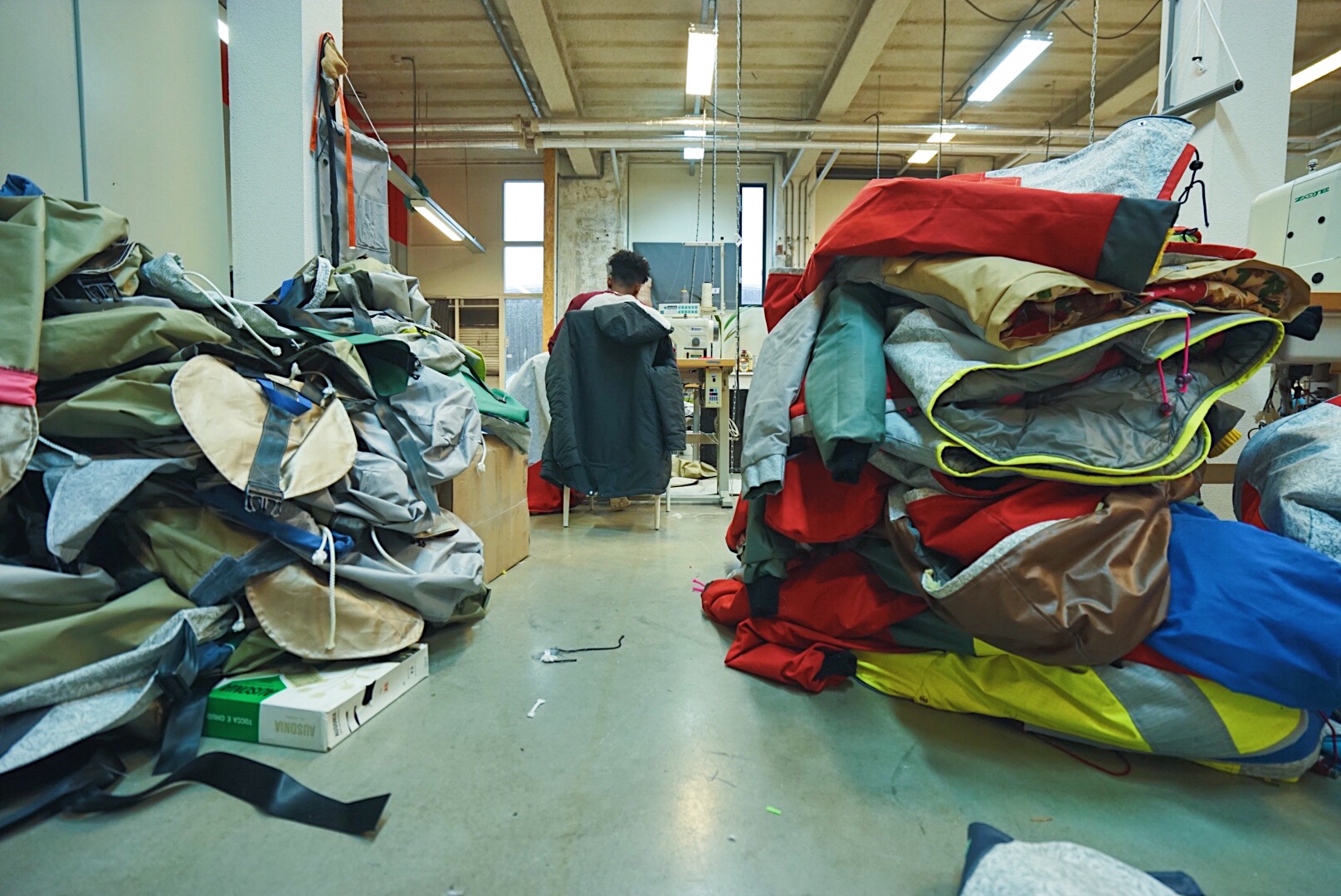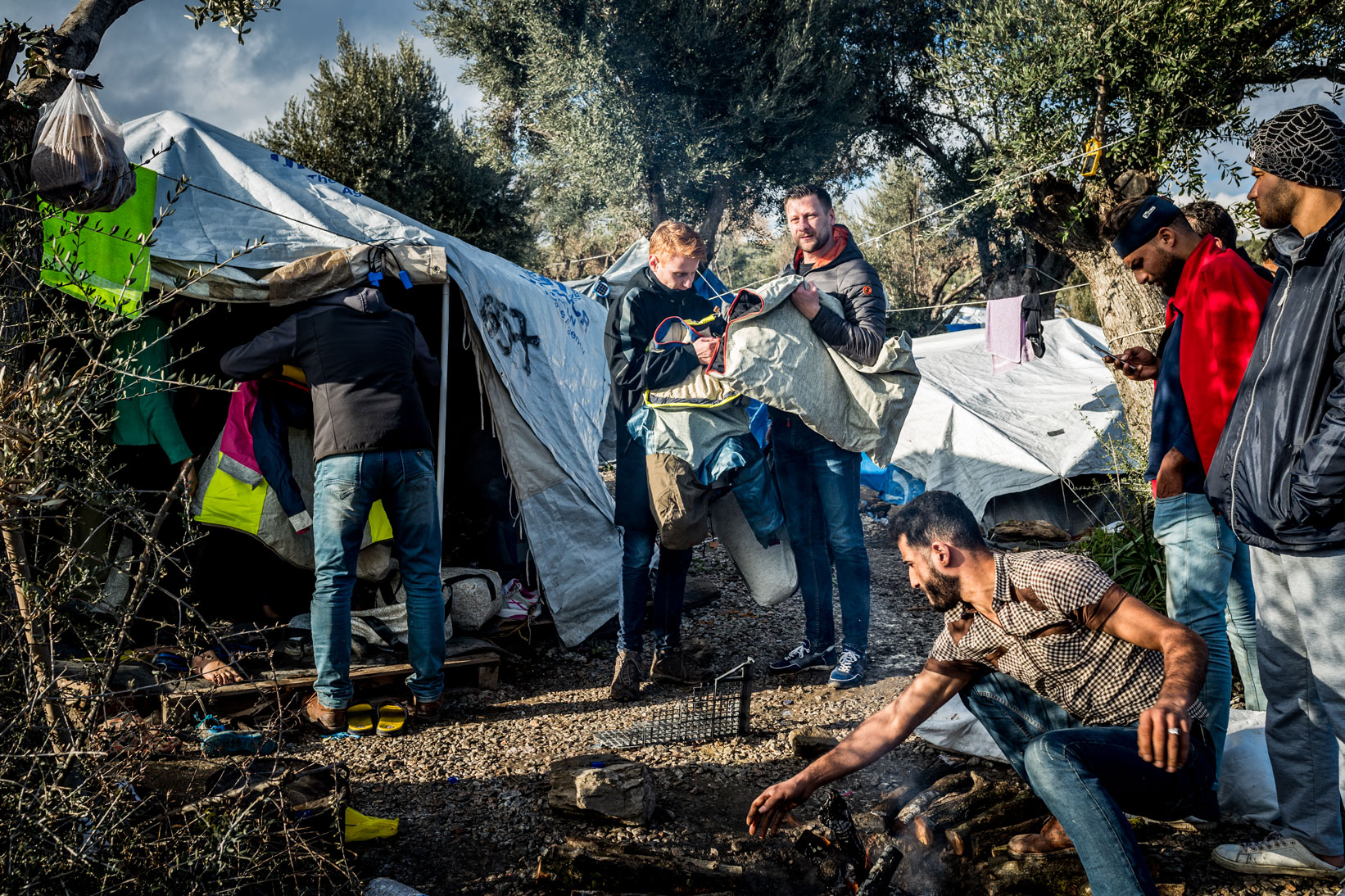MAVERICK LIFE: DESIGN
Sheltersuit: a clever design for homeless people

Bas Timmer is a 29-year-old fashion designer who wanted to make a difference in the world. In 2014, he created the Sheltersuit.
Fashion design always seemed in evidence. Bas Timmer, now 29, grew up in Enschede in the Netherlands, watching his mother as she worked in the textile business his grandparents had created and passed onto her. “They produced their own fabrics, which inspired [me] to learn how to sew and pursue a life in design,” says Timmer from New York City, a first stop before he flies to South Africa to speak at the Design Indaba Conference 2020, to be held from 26 to 28 February at the Opera House at the Artscape Theatre Centre in Cape Town.
Timmer launched his clothing brand, a range that “focused on creating functional warm-weather clothing”, he relates. But, in the winter of 2014, a dramatic event – the death by hypothermia of a friend’s father who was living on the street and waiting for a day shelter to open – influenced the course of his work.
Sheltersuit was born of the desire to bring shelter to those needing it most – and both a realisation that even temporary solutions can help and an idea that design can change the world.
A light backpack that transforms into a windproof coat with a large hood and integrated scarf, that also turns into a zip-up sleeping bag, the Sheltersuit was “developed as a short-term solution to a long-term problem. It does not solve the problem of homelessness and refugees seeking shelter, but it does prevent people from freezing to death on the streets.”
- Image courtesy of Sheltersuit Foundation
- Image by Michiel Kole Lesbos, courtesy of the Sheltersuit Foundation
Multiple feedback sessions and samples later, the design for the Sheltersuit was complete. “Feedback sessions with several individuals experiencing homelessness paved the way to several slightly different versions: creating an opening made of Velcro at the bottom to easily kick feet through if they are in danger; water-repellent sleeves; addition of the backpack to create easy storage during the day; a zipper to access on the inside; a sleeping bag up that zips entirely to use as a blanket,” explains Timmer.

19-12-2014 Fashion designer Bas Timmer designs sheltersuit for the homeless as a winter suit for sleeping. Oumar is 31 years old and 14 years homeless. Image by Marcel van den Bergh
Coming up with the right design wasn’t the only challenge: “Finding the right sponsorships, building the team, handling all operations.” If the project was financed on a “shoestring budget” in the beginning, the need for more Sheltersuits around the globe means funding and voluntary contributions from private individuals are needed.
“The Sheltersuit is made of donated fabrics from TenCate and donated sleeping bags from the community. We still use donated fabrics from TenCate and we now source sleeping bags from the largest festivals in the Netherlands, like LowLands (a three-day music and performing arts festival held every year in August in the Netherlands),” says Timmer.
The foundation has handed out Sheltersuits in New York as well as to refugees of Sarajevo and at camps in Lesbos, Greece. The team then looked “into the possibility – and feasibility – of bringing Sheltersuit to South Africa”.
“To make the Sheltersuit suitable for the warmer South African climate, [we] decided to make a modified design– the Shelterbag – that can protect someone from rain and wind without overheating. The design, a lightweight, waterproof sleeping bag with a hood and ventilation, rolls up into a yoga mat-like carrier bag during the day and has a built-in pillow, a waterproof mattress and space for extra padding on the bottom. A bonus is the zippered pocket that can be used for storing personal possessions such as an ID book and change of socks and underwear if need be.”
Soon the Sheltersuit developed into a much bigger local project, thanks to few benefactors, including some members of the Helderberg Sunrise Rotary Club in Somerset-West who “immediately recognised the value of the design and what it could bring to South Africa”, as well as the Design Indaba which “offered to donate seed money and help with sourcing the right materials”. Then, the Cape Town-based NGO and homeless shelter, The Ark, a shelter home for more than 1,000 formerly homeless people, was contacted to be a potential distributor of the Sheltersuit.
“During the visit, it turned out that they were running a skills centre to teach the residents skills to provide for themselves when they are back in the world outside. As part of the skills centre, they have a sewing studio which they offered for the production of the Shelterbags. This serves a dual purpose: creating jobs for formerly homeless people and alleviating the need of other homeless people sleeping in the street,” says Timmer.
In just seven weeks, 250 shelterbags were designed by a team of five seamstresses, one professional cutter and one trainee; “now the production team is raring to go and make hundreds of shelterbags to be handed out during the winter season”. To bring in more revenue to help fund more shelterbags for the homeless, the team’s vision is to eventually produce light-weight sheltersuits for the commercial market.
“After launching the Shelterbag in South Africa, the organisation plans to turn to the adapted version of the Sheltersuit to address the market for hikers and campers. The proceeds will be used to roll out even more Shelterbags across South Africa and hopefully start multiple sewing pods in the townships so that more than 200,000 Shelterbags can be produced all over South Africa.”
The young designer adds: “The products serve an immediate need, but, for the homelessness organisations that partner with the Sheltersuit Foundation, giving out the Sheltersuit is also a useful way to start a relationship with someone living on the street. If they hand out the suits, they say it’s like their way of making contact and getting the trust of a homeless person. That first step can then lead to helping someone get connected to housing, a job and other services.”
Timmer recognises that the Sheltersuit is “a short-term solution to a long-term problem”, but it is a solution that can help homeless people not only get protection against the weather and the harsh conditions of living in the street but also build bridges and connections with people often ignored on the fringes of society.
“The Sheltersuit has always been the first connection point to build trust and create a lasting relationship. This is the magic of what we do and hope that will help change the world and ultimately end poverty.” ML
If you would like to share your ideas or suggestions with us, please leave a comment below or send an email to [email protected] or [email protected] and we will reach out.
Sign up for our newsletter to get the best of Maverick Life delivered to your inbox every Sunday morning.



















 Become an Insider
Become an Insider